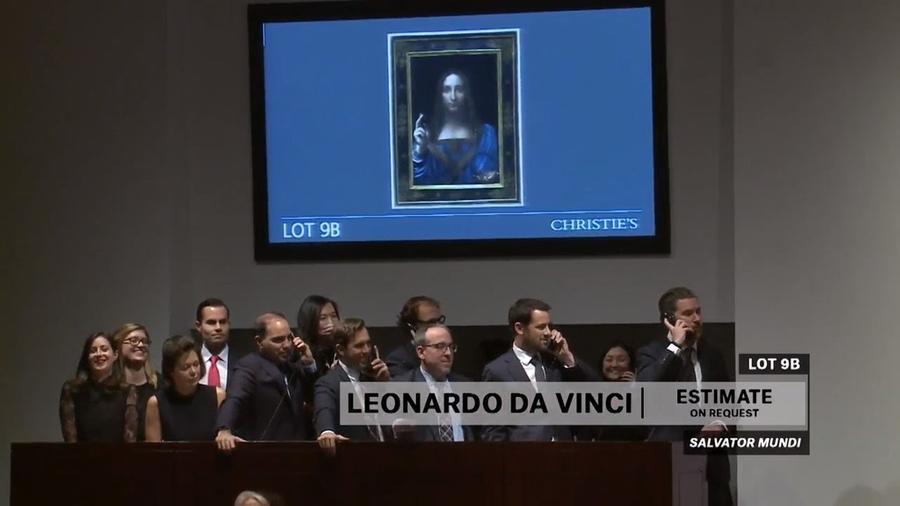The Arts Contribute More Than $760 Billion to the U.S. Economy
- WASHINGTON, DC
- /
- March 26, 2018

New data released earlier this month by the U.S. Bureau of Economic Analysis (BEA) and the National Endowment for the Arts (NEA) offers an insightful picture of the impact the arts have on the nation’s economy. The arts contribute $763.6 billion to the U.S. economy, more than agriculture, transportation, or warehousing. The arts employ 4.9 million workers across the country with earnings of more than $370 billion. Furthermore, the arts exported $20 billion more than imported, providing a positive trade balance.
500x344.jpg)
Produced by the BEA and NEA, the Arts and Cultural Production Satellite Account (ACSPA) tracks the annual economic impact of arts and cultural production from 35 industries, both commercial and nonprofit. The ACPSA reports on economic measures—value-added to gross domestic product (GDP) as well as employment and compensation. For the first time, the report also includes the arts impact on state economies as contributions to gross state product (GSP). The numbers in this report are from 2015, the most recent reporting year.
“The robust data present in the Arts and Cultural Production Satellite Account show through hard evidence how and where arts and culture contribute value to the economies of communities throughout the nation,” said NEA Chairman Jane Chu. “The data confirm that the arts play a meaningful role in our daily lives, including through the jobs we have, the products we purchase, and the experiences we share.”
KEY FINDINGS
National
• For all national findings, see this arts data profile.
- The arts contributed $763.6 billion to the U.S. economy in 2015, 4.2 percent of GDP and counted 4.9 million workers, who earned $372 billion in total compensation.
• The arts added four times more to the U.S. economy than the agricultural sector and $200 billion more than transportation or warehousing.
• The arts saw a $20 billion trade surplus, leading with movies and TV programs and jewelry.
• The arts trended positively between 2012 and 2015 with an average growth rate of 2.6 percent, slightly higher than 2.4 percent for the nation’s overall economy. Between 2014 and 2015, the growth rate was 4.9 percent in inflation-adjusted dollars.
By Industry
• Among the fastest-growing industries within the ACPSA are web streaming and web publishing, performing arts presenting, design, and architectural services.
• Tax-exempt performing arts organizations (those producing art and those presenting the art of others) contributed $9 billion to the U.S. economy and employed 90,000 workers, who earned $5.6 billion in total compensation.
• Consumers spent $31.6 billion on admissions to performing arts events, $1 billion more than projected.
• The value added by performing arts presenting (tax-exempt and for-profit) rose by 9.5 percent during the recent three-year period.
By State
The value-added to a state’s economy defined as contributions to the GSP is noted for individual ACPSA industries and the states in which that industry ranked above the national average. For example, as a percentage of GSP, Montana leads the country in musical instrument manufacturing, Nevada is at the top for performing arts companies, and Louisiana follows only California and New York as the premiere state for movie production. For all state findings, see this arts data profile. Other leading states are:
• Graphic design in Illinois contributed $589.5 million to GSP, 69 percent above the national rate.
• Architectural services in Massachusetts added $804.6 million, 73 percent greater than the national rate.
• Industrial design in Michigan added $429 million, 9 times the national rate.
• Jewelry manufacturing in Rhode Island contributed $224 million, 33 times the national rate.
• Art‐related printing in Wisconsin contributed $530.9 million to the state’s economy, four times greater than the national rate.
In a research brief looking at rural states, North Carolina and Tennessee had the largest rural arts economies with value-added from rural areas in both states totaling more than $13 billion.
In a research brief about the fastest-growing arts economies, Washington State and Utah topped the list with average annual growth rates over five percent between 2012 and 2015.
More state examples are on the State Highlights Fact Sheet.



100x100_c.jpg)












